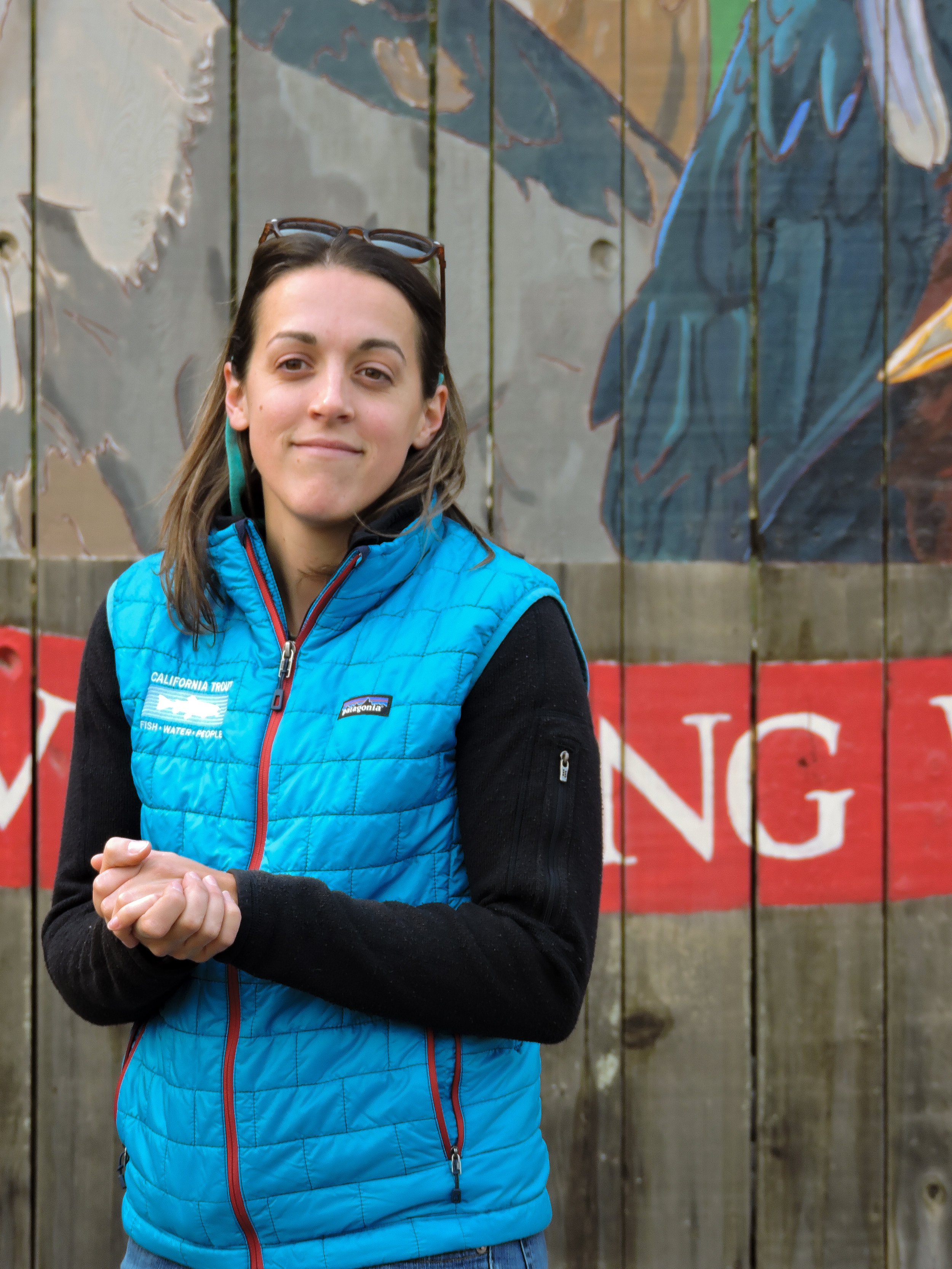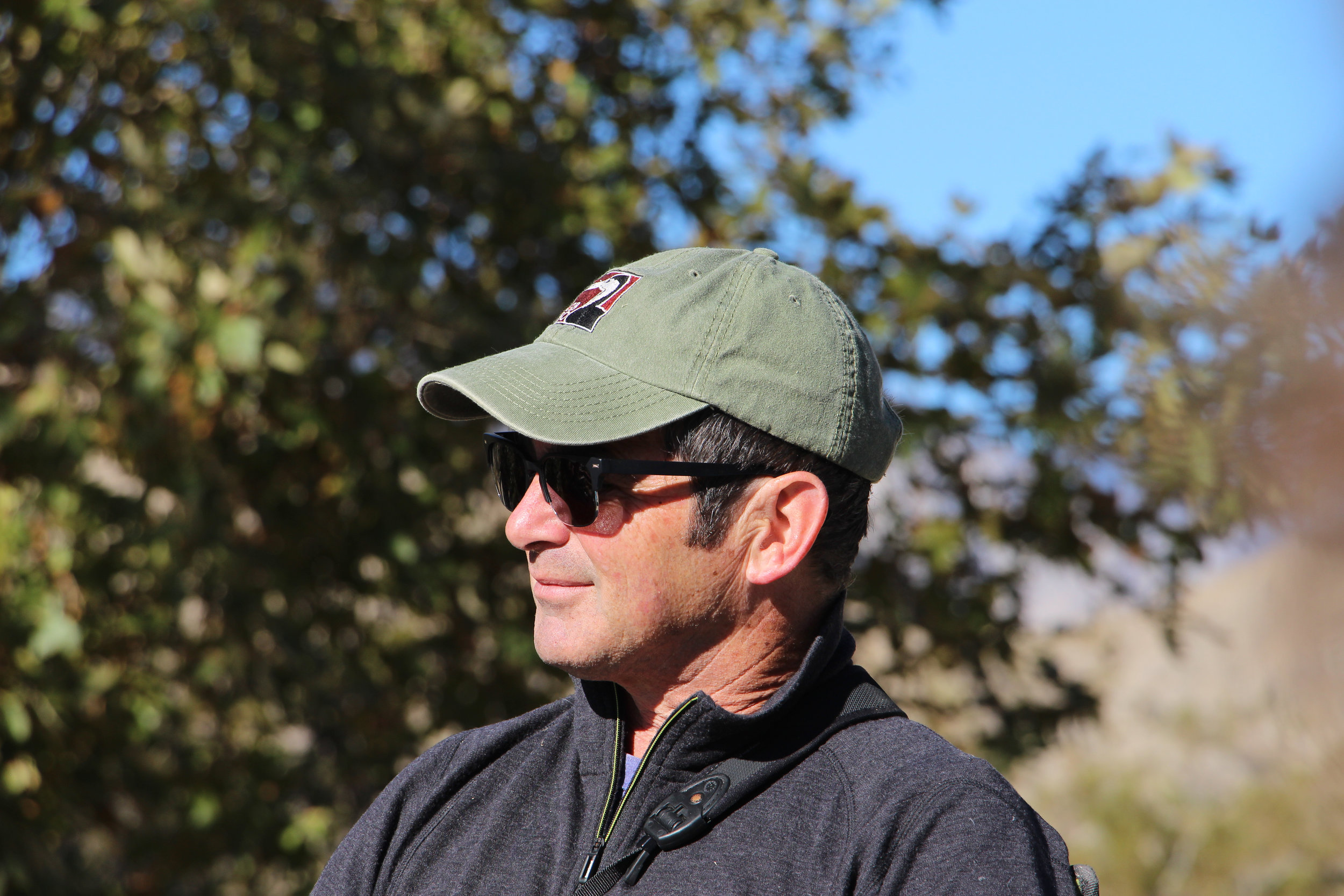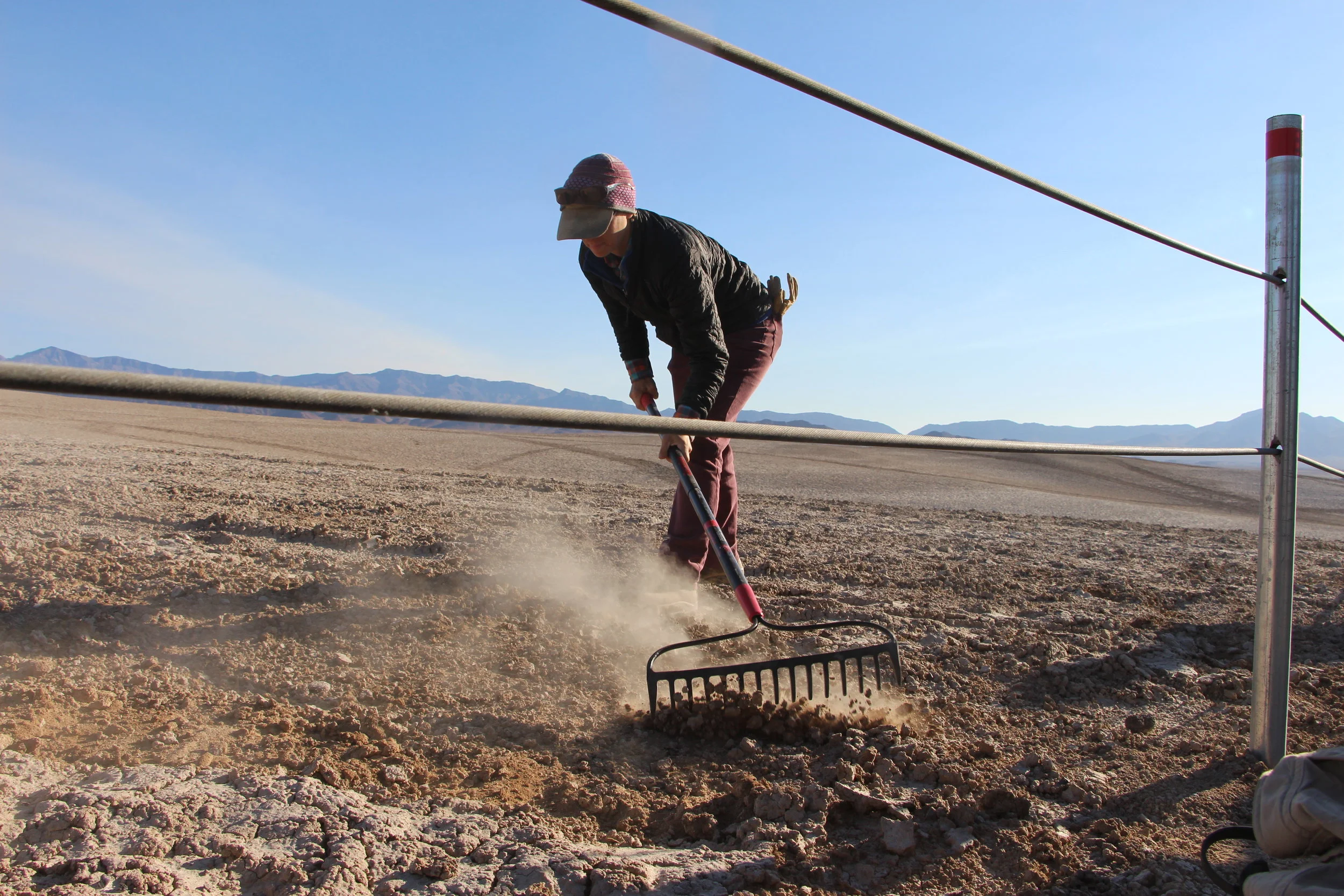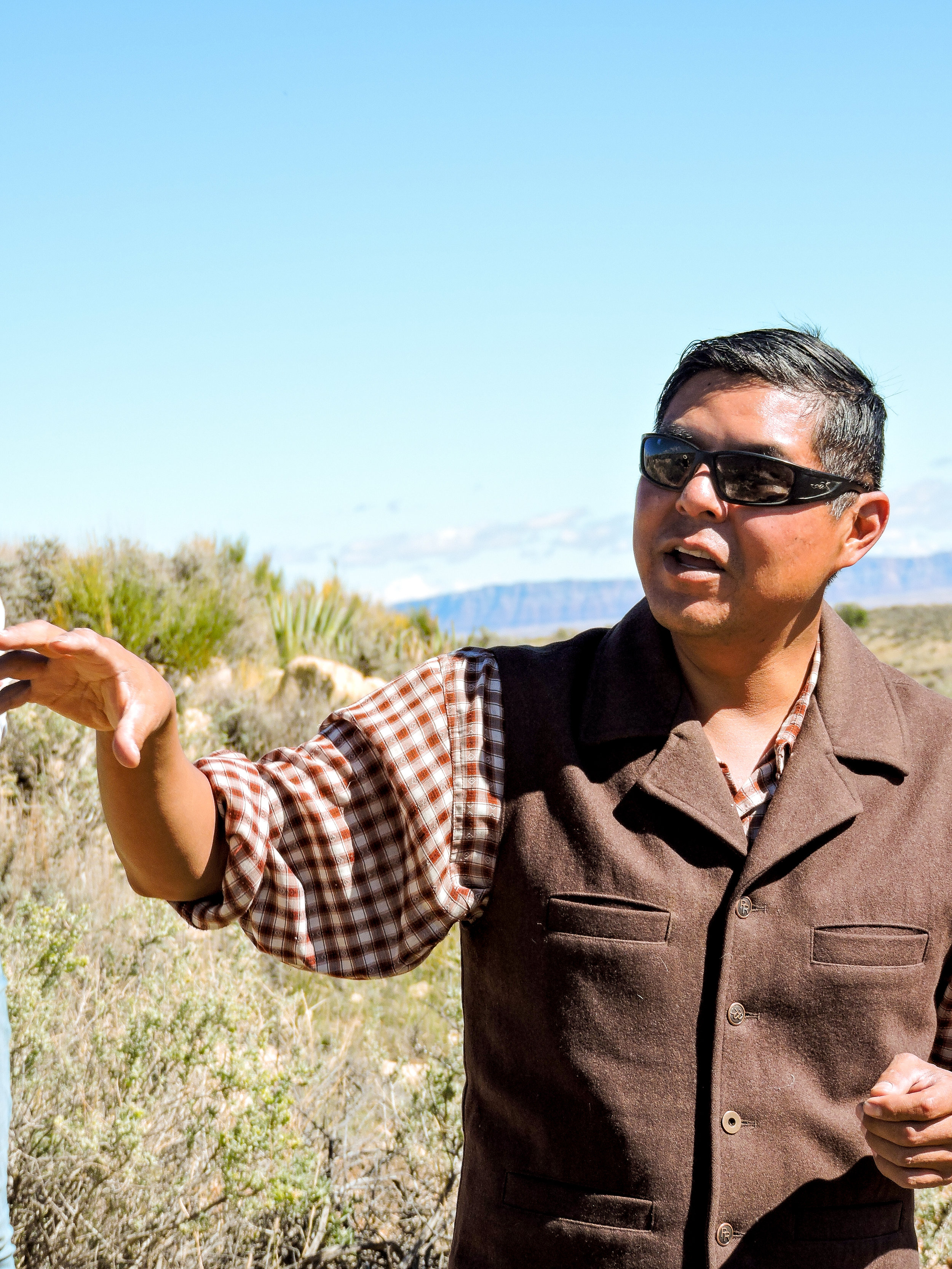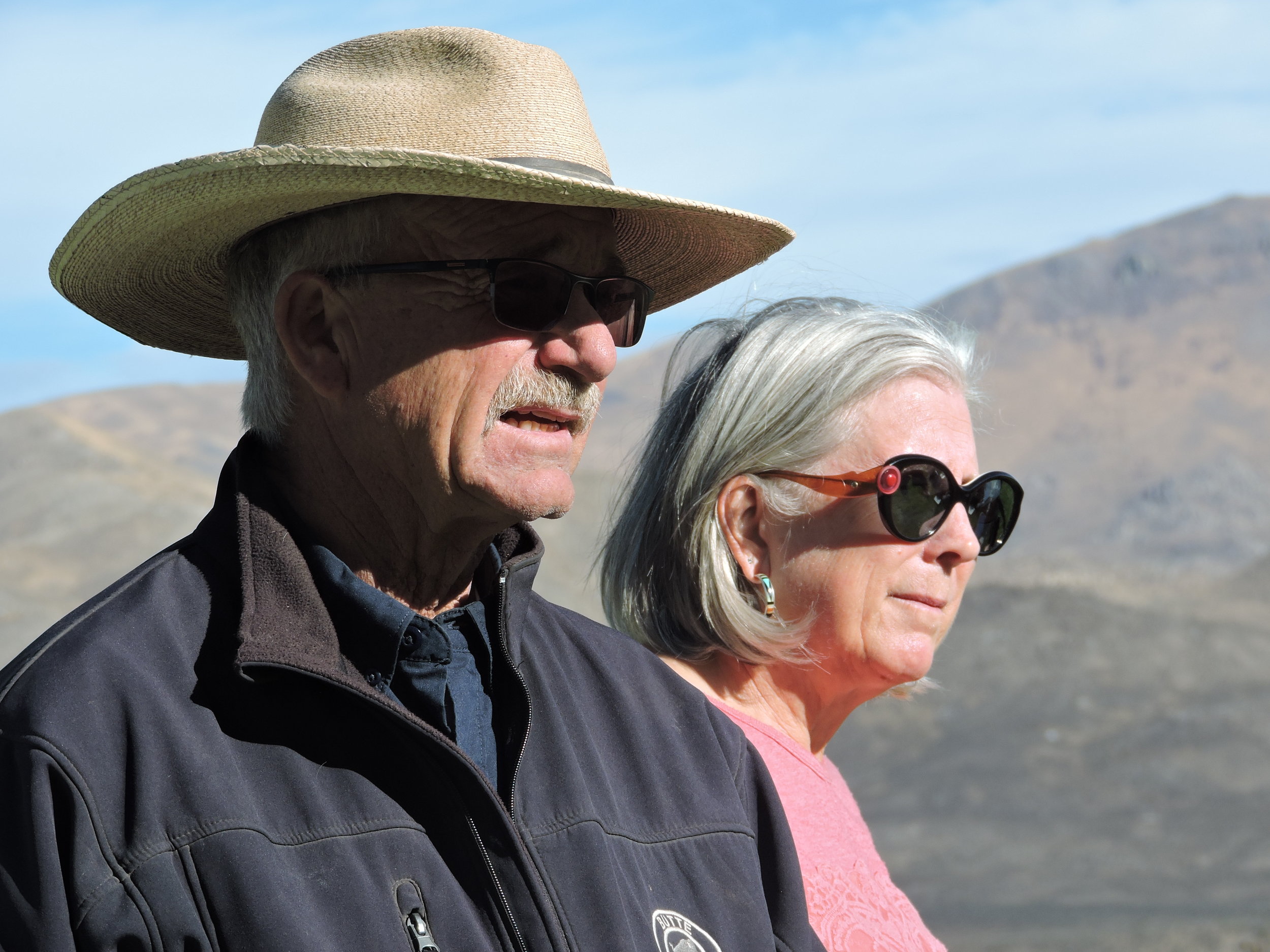Emily James
Associate; Brennan, Jewett, & Associates
Colusa, CA
John Brennan
Founder/Owner; Brennan, Jewett, & Associates
Davis, CA
11/14/18
To most people, California is not the place for rice farming. Years of drought and groundwater pumping so extreme that the Central Valley is literally sinking are not generally conditions that are conducive to a water-intensive crop like rice. Emily James is an associate at John Brennan’s land management firm, Brennan, Jewett, & Associates, and work together to manage the historic Davis Ranch, near Colusa, CA. The ranch has been owned by the same family since 1857, so its water rights predate the damming and overallocation of the Sacramento River. Wielding the power of these rights, John and Emily are helping the farm find direction and stay relevant in a changing world.
That relevance initially came from restoring habitat for shore birds. By shifting the flooding of rice fields, the ranch was able to mimic the historical Central Valley floodplain and provide habitat for waterfowl. Today, the ranch works with the Audubon Society, Nature Conservancy, and Point Blue Observatory, and its fields are home to 230 species of wildlife in an area where wildlife has been pushed out by agriculture and urban sprawl since the nineteenth century.
Since, the ranch has also begun to plant hedgerows with native plants that provide corridors for animals like deer that are otherwise left without contiguous habitat. They have also begun a project to plant milkweed and other flowering plants to support monarch butterflies in their migration. Emily and John stressed how starkly these choices strayed from the pesticidal practices that farming in the United States has embraced since the 1970’s. These projects are not just benefitting habitat connectivity, they are serving Davis Ranch economically. Brennan’s push to commodify labels and certifications from partners like the Audubon Society on packaging help to sell and create a market for sustainable farming. Rather than work backward in an area where water is highly monitored and controlled by humans, through the help of John Brennan and Emily James, Davis Ranch and others like it are finding ways to create habitat for wild animals by working within the limits of human development.
By Darby Williams

